
Al Bayt Stadium
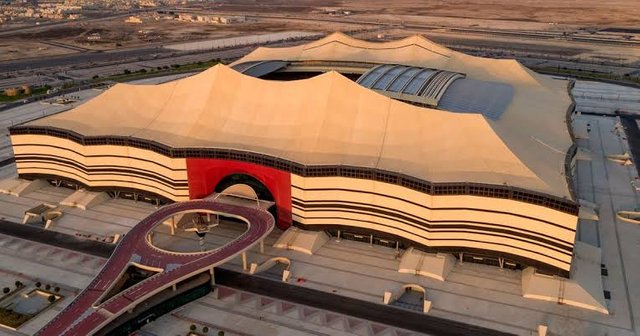
Al Bayt stadium can seat up to 68,895 spectators. It is unique with its giant tent structure covering the whole stadium that is named after bayt al sha’ar - tents historically used by nomadic peoples in Qatar and the Gulf region.
The stadium’s design honors Qatar’s past and present while being a model of green development and sustainability. After the tournament, Al Bayt will be downsized to 32,000 seats.
Ahmad Bin Ali Stadium
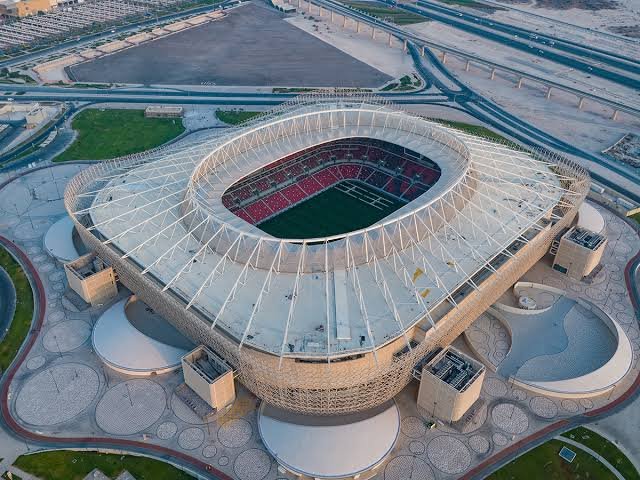
Located in Umm Al Afaei, west of central Doha, Ahmad bin Ali Stadium will host 45,032 spectators using modular elements forming an upper tier in time for the FIFA World Cup 2022. It will be downsized to nearly 20,000 seats after the tournament.
The design of the stadium and the surrounding buildings reflect the Qatari environment. As for its external facade, it is in the form of ripples of sand dunes, while the distinctive geometric shapes depict the beauty of the desert and the local flora and fauna.
Al Janoub Stadium
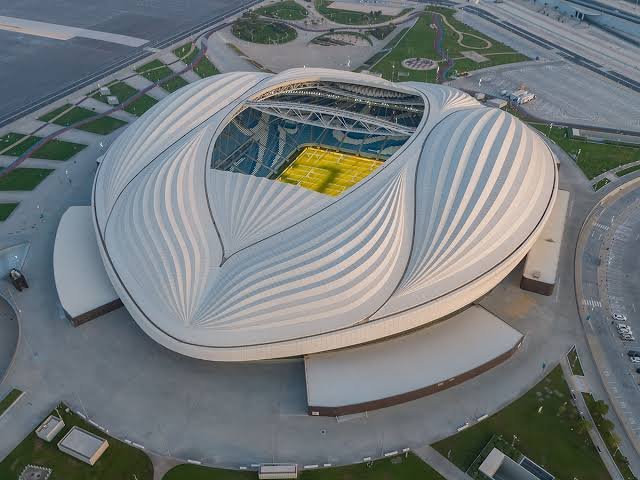
Al Janoub Stadium lies in the southern city of Al Wakrah. It has a capacity of 44,325. The stadium’s design reflects the wind-filled sails of Qatar’s traditional dhow boats - in tribute to Al Wakrah’s fishing and pearl diving past.
After the tournament, Al Janoub’s capacity will be reduced to 20,000 seats to be donated to other sporting projects around the world.
Khalifa International Stadium
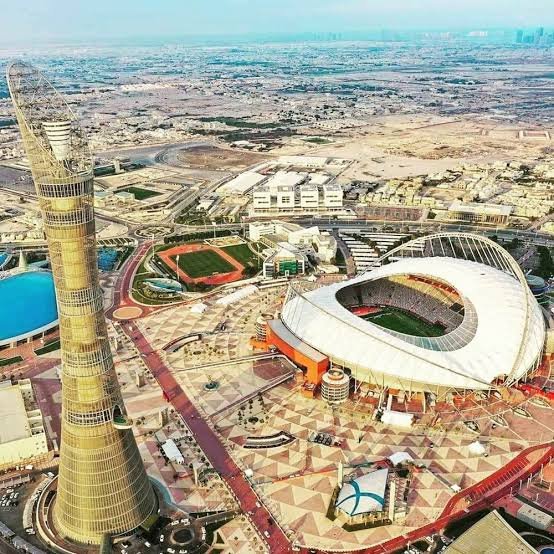
Khalifa International Stadium has hosted a long list of momentous sporting events since its inauguration in 1976. In fact, rarely is football or athletics mentioned in Qatar without referring to this venue. Naturally, the stadium received a complete refit for the FIFA World Cup 2022™ as a reward for its long-standing service. On reopening in May 2017, it played host to the Amir Cup Final – the club football event close to the hearts of all Qataris.
The stadium, which includes sweeping arcs and partially covered stands, is the centerpiece of Aspire Zone, a sports complex that includes Aspire Academy, Hamad Aquatic Center, Aspetar Orthopaedic and Sports Medicine Hospital and many other sporting venues.
Attached to the stadium via a walkway is the 3-2-1 Qatar Olympic and Sports Museum, adding to the appreciation of how this venue cherishes its past as it builds towards an exciting future.
Education City Stadium
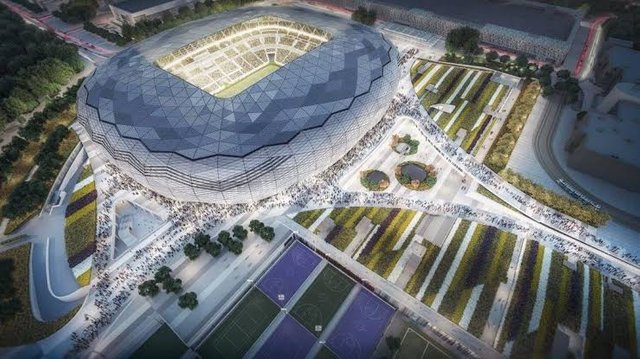
The new Education City Stadium is located in the midst of several world-class university campuses at Qatar’s global center of excellence, Education City.
The stadium can seat up to 44,667 spectators, and it takes the form of a jagged diamond that sparkles as the sun moves across the sky. Following the FIFA World Cup, the stadium will retain almost half of its seats for use by university athletic teams.
Lusail Stadium
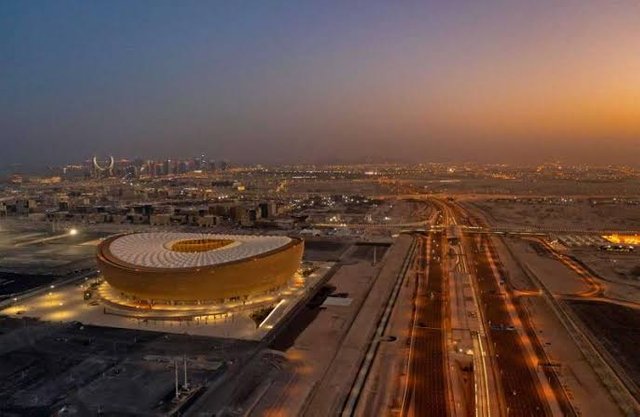
Located in Lusail City, the new Lusail Stadium is one of the primary stadiums of Qatar’s World Cup and will host the final ceremony for the 2022 tournament.
After the tournament, Lusail Stadium will be transformed into a community center with schools, shops, cafes, sports facilities and health clinics, as part of Qatar's commitment to sustainable development.
974 Stadium
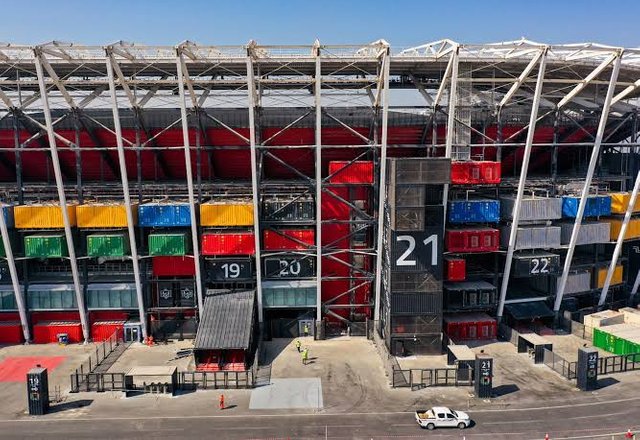
974 stadium is a pioneering project in the world of sports stadium construction. Built from shipping containers, this stadium will be completely dismantled and the materials that were used in the construction will be re-utilized. In addition to 974 being the international dialing code for Qatar, the name of the stadium comes from the number of containers used to build it.
The stadium is located minutes away from Hamad International Airport and it overlooks the Gulf Coast and the fascinating scene of the West Bay skyscrapers.
Al Thumama Stadium
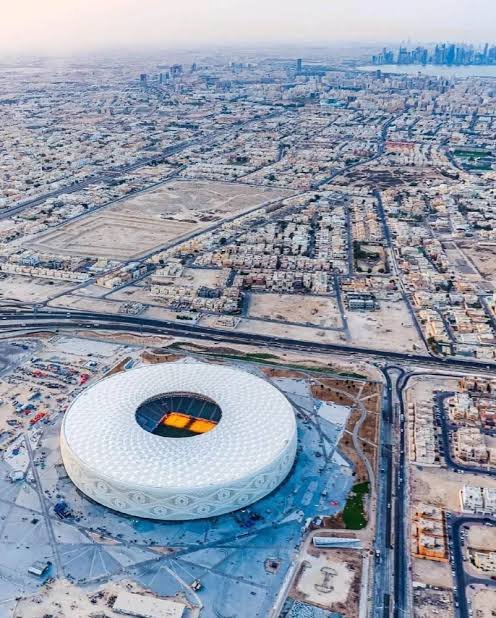
Al Thumama Stadium is a distinct Arab architectural icon, as it is inspired by the traditional qahfiya (the cap worn under the Ghutra and Egal) in the Arab world. This design was chosen because it is a cultural commonality among Arabs in the Arab world. Therefore, it expresses the Arab civilization's depth and the intertwined cultural-historical legacy of the Arab countries.
The stadium has a capacity of 44,400 seats that will be reduced after the tournament to 20,000.